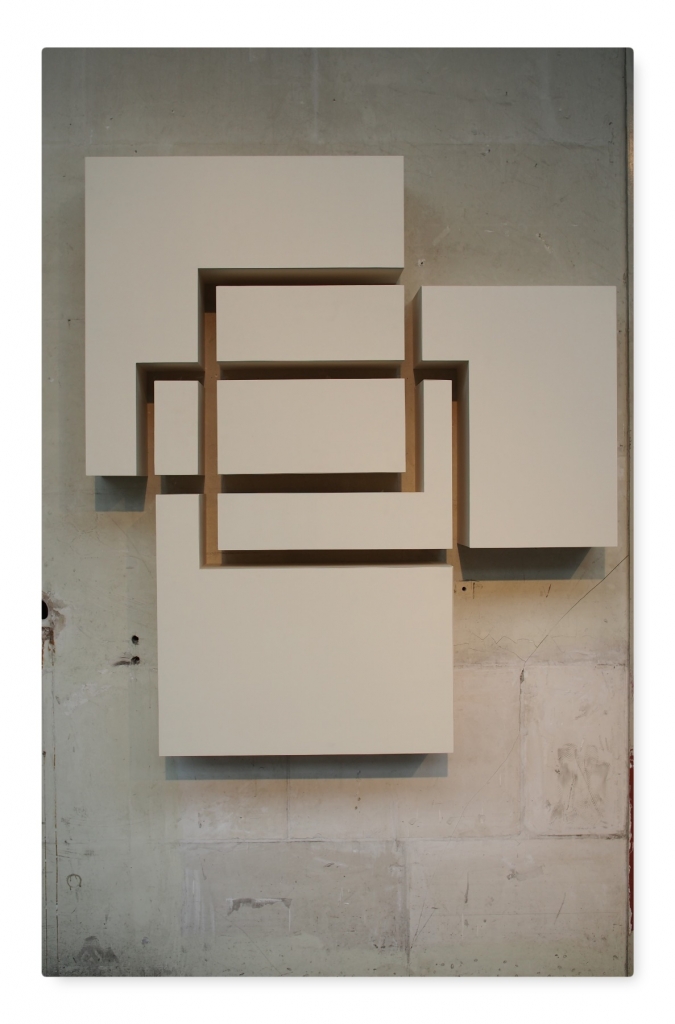
We Object
Art has a story to tell. It tells it in the universal language of visual stimulation, but sometimes we need a little help in comprehending it. Nothing to be embarrassed about. You cannot always know the context in which it was made. However, once we understand why it was made, we can start to appreciate how well or not the artist has managed to communicate the idea they felt needed our attention. So the more universal the story, the more people through the ages and around the world will be able to appreciate it.

Storytelling
Storytelling has been the way in which culture has been passed down through the ages. Keeping the identity of peoples alive long before writing had been invented. Ancient stories were by no means simple. They were clever ways of incorporating many different pieces of information that would be useful to the people who shared them throughout their lives. As we hear a story, we become richer and the teller grows in stature. 
Good art
Good art tells its story well, just as good applied art does. In both cases first there was the story and then came the manifestation of the idea. Not all good stories end up as a piece of art or applied art, but there is little good in an object without a need to exist. And a good story is obviously not some marketing ploy thought up afterwards. It was there before the object existed.
Walk on by
Our world is slowly filling up with objects that should never have been made. They were simply a means to make money, not to improve our lives, teach us more about ourselves or fill us with wonderment. When did the art of selling become more important to our world than the creation of art itself?
So when we see an object without an intrinsic story – it is not as difficult as you might think to spot its absence, perhaps we should dare to pass it by.
Perhaps we should say… we object.

